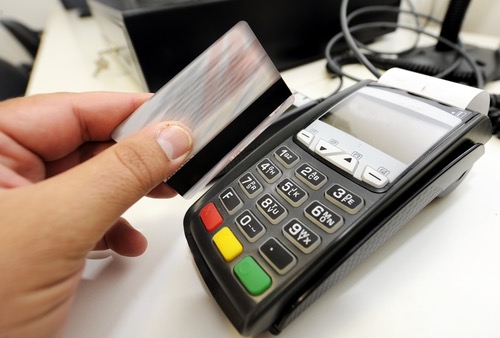
You need to establish trust
This is going to quickly put you out of business and the reasons are simple. Your shop looks untrustworthy, poorly stocked and uninviting. The same goes for website. If it looks untrustworthy, then users will simply look elsewhere.
In the online environment, you cannot afford to loose customers. Everyone who lands on your website is a potential sales and they must be encouraged to stay and engage with your site. If it looks dodgy or smells like it’s untrustworthy, you will be found out very quickly. This is suicide online. But, there are ways to avoid this and help improve customer conversion rates.
Quickly impress &engage
You have a couple of seconds. That’s all the time a potential shopper will spend on your website if they don’t immediately like what they see. First impressions in life count, and nothing is more true to this than your website. There are some quick wins to ensure that browsers will like what they see:
> Keep all images very clear and make sure they are not from the cheesy, standard photo libraries. These photos are such a turn off. People see them everywhere and if they are on your site it will reveal a layer of distrust. Why? Because you haven’t gone to the trouble or effort of getting real images.
> Make sure there are no spelling mistakes or grammatical errors. Go over your copy before posting it.
> Don’t copy from other websites or steal their images.
> Make the website easy to use. Try to make the contact or buy buttons easy to find
> Possibly the worst way to kill the trust factor, is not to have an address or a phone number – having only a PO Box is a bit dodgy, but I suppose it’s better than nothing. A physical address is so much better for establishing trust. If an eCommerce website has no address your customer may have some reservation buying from you in case they need to return the item.
Be as open and transparent about who you are and what you are selling. This is the key to creating trust will anyone who lands on your site.
Show them you’re trustworthy
Think about this scenario. A new user comes to your website for the first time and wants to buy from you or make an inquiry. However, before they do are allowed to do this transaction a nasty pop up window appears, demanding all sorts of private information. The user may or may not decide to provide this but if your website has clear and open details about who they are (address and phone number) then the transaction is more than likely to proceed.
Unless your website is a well known and trusted brand, why should anyone divulge their private information over to you. You must initially get their trust and only in this way will they be happy to give their information over to you. Again, any site visitor should be able to buy or engage with you as a guest without having to fill anything out. If they are given an option, this will build trust enormously.
A great way to enhance trust is to provide testimonials and reviews. Granted you are only going to show the best comments, but this is at least a step in the right direction.
Loud, over the top graphics will also scream dodgy as your customers will think that you are trying to over sell to them. Just like a pushy sales person, you do not want t website hitting you in the face with colourful buy now buttons, music or useless pop ups. If your website annoys the consumer, or hinders their buying process, you will have both shopping cart abandonment, lower conversion rates, higher bounce rates, less sales and eventually a dead website. Make it easy for the consumer, instill trust and you will find that your website will perform much better.
Keep up to date
If you have a sale or promotion on your website and this is found to be untrue, all I can say is watch out. Bad PR or publicity can spread very quickly via the social media sites and this can kill off your reputation very quickly. The best way around this is to keep your website very current and up to date. If someone calls you up and tells you that they say a product is 30% off – you MUST honor this.
Use the latest technologies
Simply put, you need to have a mobile friendly website. Without this your brands credibility can be affected and in turn so can the whole trust factor. Make sure that your website is viewable on all devices as well as the most common internet browsers. If customers see that you have taken the time to make their life easier they will respect you for this.
Web templates are nearly OK
Free website templates are very popular now – after all why not get something if it’s for free? But the danger of this is that you start to look like everyone else. Having your own unique personality online will boost trust. Following the herd and using the same style template is going to destroy trust and can hurt your brand. Your customer base wants to spend their money or engage the services of a business that have an ethos, a set of core values that you can see immediately on their website. If it’s a standard boring ‘same as’ style cookie cutter template, why should they firstly give you the business and why should they trust you?
You have to ask yourself this important question; does my website portray trust or is it simply the same as every other site? Remember, establishing a brand and trust is all about a unique selling point and this MUST be conveyed on your website.
